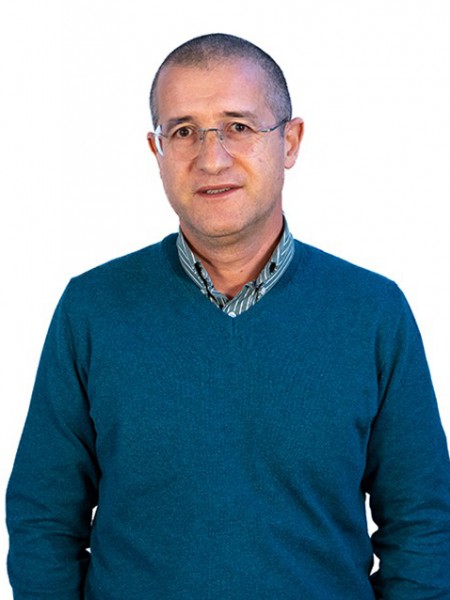resumo
In this work, a facile preparation of SPME fibers with increased surface area is presented. The SPME fibers were prepared by grinding poly(ionic liquids) (PILs) to obtain particles of 1-16 mu m and, with the aid of a silicon adhesive, attach these particles to a steel wire support. Three different PILs, poly(1-vinyl-3-benzylimidazoliumco-styrene bromide) [poly(ViBnIm-co-Sty Br)], poly(1-vinyl-3-benzylimidazolium-co-styrene bis(trifluoromethanesulfonyl)imide) [poly(Pyrr(11) TFSI)] and poly(diallyldimethylamine bis(trifluoromethanesulfonyl)imide) TFSI)], were used. The first two PILs were obtained by reversible addition-fragmentation chain transfer polymerization followed by metathesis reactions. The thicknesses of the prepared fibers were found to be 19 +/- 4 mu m and 85% of the particles used have diameters between 2 and 10 mu m. The prepared fibers were tested by performing the headspace extraction of two standard solutions, one containing a mixture of alcohols with different chain lengths, and the other a mixture of aromatic compounds, leading to sorption times of 10-15 min due the large surface area attained with this method. PILs with aromatic moieties containing the bromide anion showed high selectivity towards polar compounds, due to the hydrogen basicity of the anion, and also towards aromatic analytes, due to the aromatic nature of styrene moieties and the cation pendant groups. The limits of detection fall in the sub ppb level, while relative standard deviations and reproducibility from fiber-to-fiber found maximums of 16.2% and 22.5%, respectively. Furthermore, the PIL based fibers showed up to 90% higher extraction efficiencies compared to the commercial fibers of polydimethylsiloxane and polyacrylate.
palavras-chave
POLYMERIC IONIC LIQUID; SORBENT COATINGS; GAS-CHROMATOGRAPHY; ORGANIC POLLUTANTS; EXTRACTION; FIBERS; IMIDAZOLIUM; BENZENE; XYLENES; TOLUENE
categoria
Chemistry
autores
Patinha, DJS; Nellepalli, P; Vijayakrishna, K; Silvestre, AJD; Marrucho, IM
nossos autores
agradecimentos
Acknowledgments: David J. S. Patinha, is grateful to FCT (Fundacao para a Ciencia e a Tecnologia) for the PhD research grant SFRH/BD/97042/2013 and also the financial support from COST-Exil Project 1206. The NMR data was acquired at CERMAX (Centro de Ressonancia Magnetica Antonio Xavier) which is a member of the National NMR network. This work was partially supported by FCT through Research Unit GREEN-it Bioresources for Sustainability (UID/Multi/04551/2013), CQE R&D Unit (UID/QUI/00100/2013) and the Associate Laboratory CICECO Aveiro Institute of materials (UID/CTM/50011/2013).




